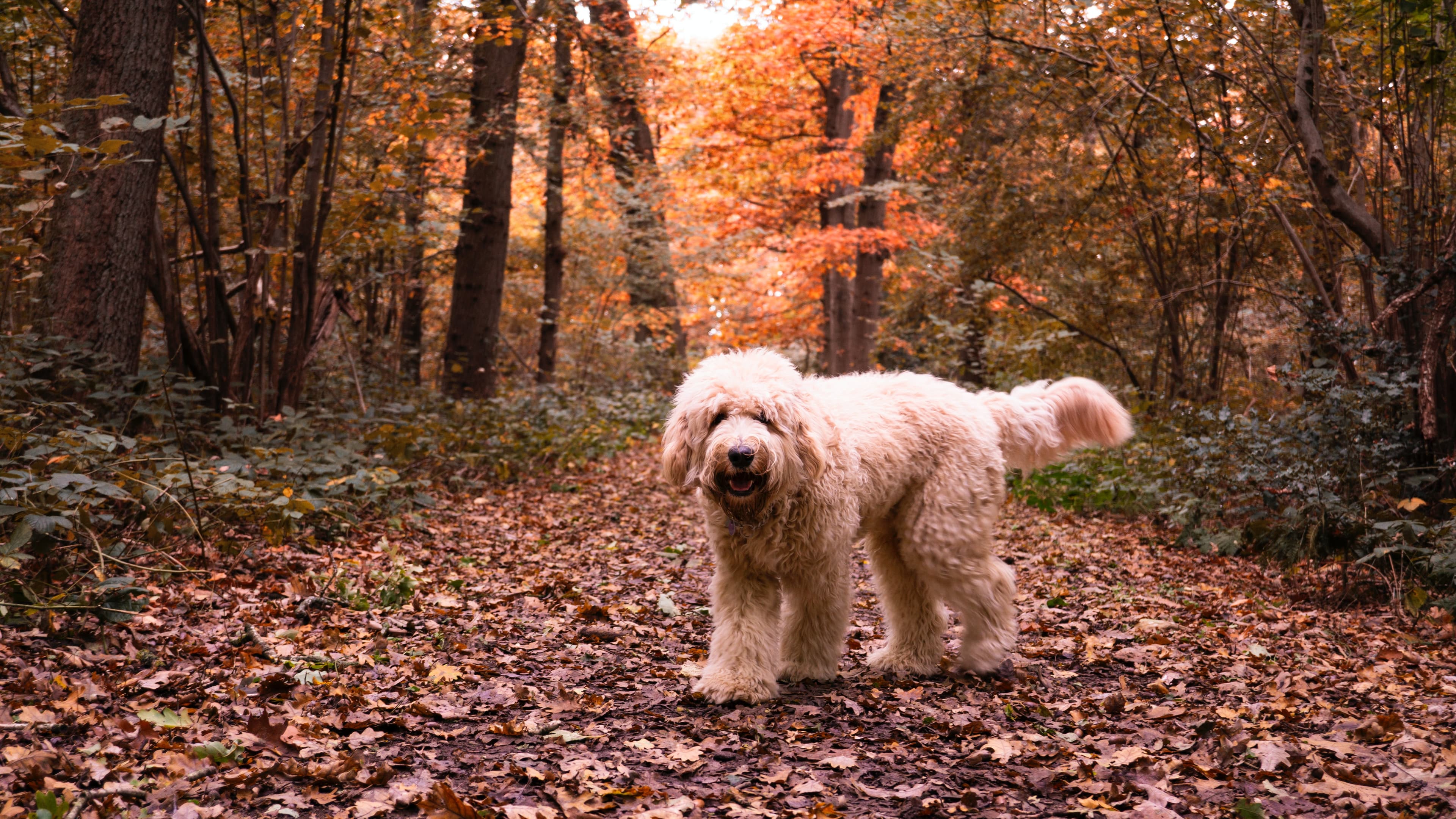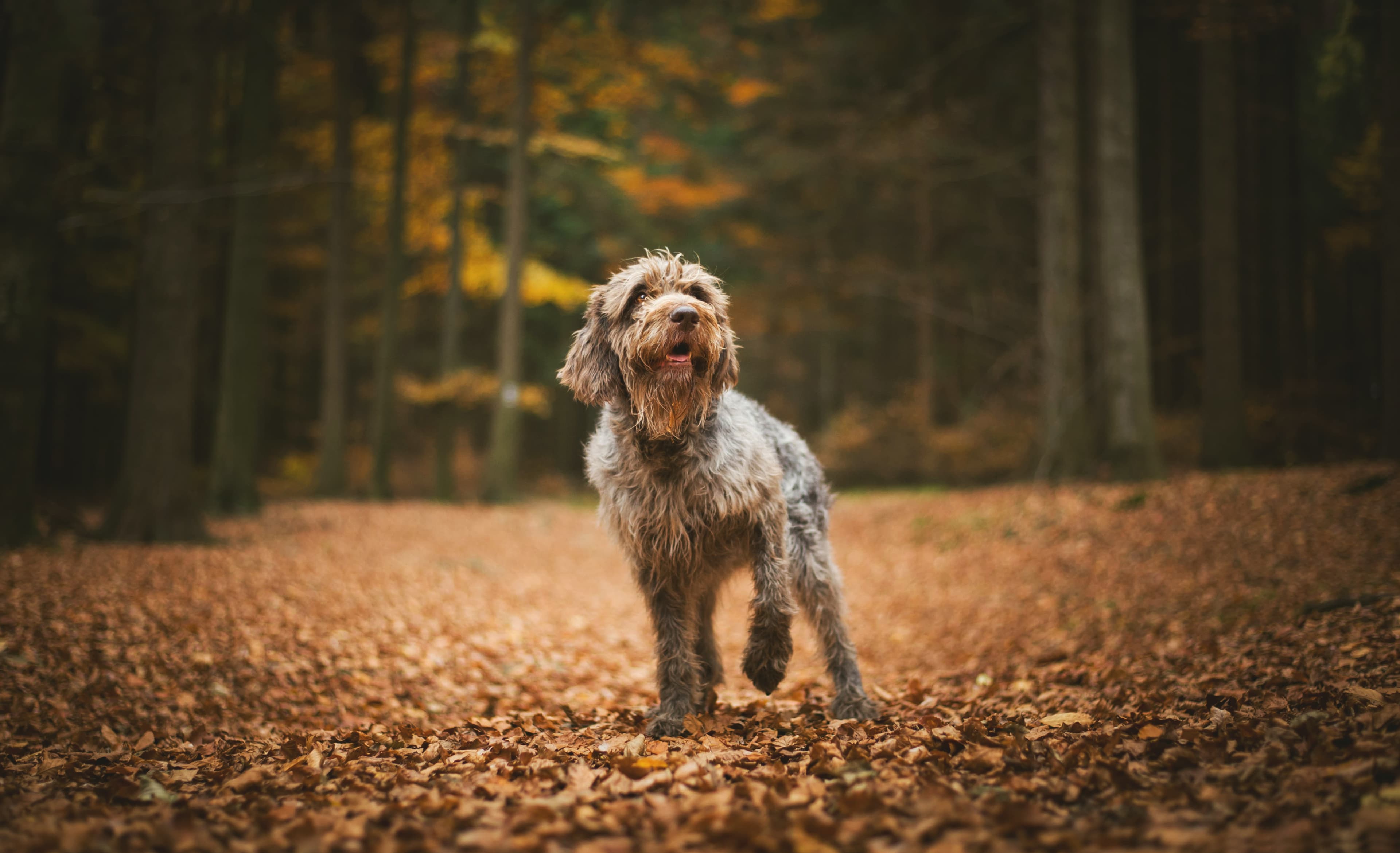A guide to preventing your dog from eating things on the ground
Do you have a dog that eats things off the ground? In fact, along with behaviour prevention strategies, it's possible to train your dog not to eat everything it finds. Here, we'll go through some steps to teach your dog not to directly ingest items that can be very harmful.
Alternative behaviours are key
In order to teach your dog not to directly stuff what it finds, we need to teach it an alternative behaviour. Then their first thought will be, for example, to make contact with us instead of directly chewing inappropriate things on walks. Of course, this requires a lot of supervision from us at first, but slowly the dog's behaviour will change and we won't need to keep such good control anymore.
If you've heard of gossip training before, you can apply the same kind of thinking to things the dog finds on the ground. Below we explain exactly how to go about teaching your dog to gossip about things it finds instead of directly munching on them.
Preparation
Start by associating a sound, such as "Good", "Right" or a clicking sound from a clicker (you can find them at the pet store) with treats. Say "Good" and give the dog treats 10 times in a row.
To see if your dog has learned the association between the "Good"/click sound and treats, test your signal when the dog is not paying attention to you. Say "Good" and see if it turns up to you in anticipation of getting a treat. Then you're ready for the next step.
Step 1
Start by placing an object on the ground that your dog doesn't want to eat but that might interest him. As soon as the dog pays attention to the object, say "Good" or click with your clicker and then give the dog a treat. Do this step many times, replacing the object with other things your dog won't immediately choose to pick up or eat.
Start by doing this step indoors and then take objects outdoors for the dog to continue learning the interaction between "object on the ground" and "click + treat at mat/house". If your dog has a tendency to run up to the object, it's a good idea to have a leash on the dog so it doesn't have the opportunity to make a mistake.
Step 2
In step 2, use the same object you used before. Place an object on the ground and have your dog on a leash and walk past the object. When your dog detects the object, now wait a moment to see if your dog looks up at you. It will then get a "Good"/click and reward from you. Instead of immediately clicking for your dog to see the object, you simply wait for your dog to tell you that the object is there. This step may take some time for the dog to understand and do not rush the training forward. It is important that your dog understands the relationship between "objects on the ground" and looking at you.
Step 3
Your dog has now learned to gossip about objects it recognizes and now it's time to take this exercise out on your walks. Always keep your dog on a lead to reduce the risk of errors in training. As soon as you see something on the ground, do the same as step 1 with your dog. When your dog registers that there is something on the ground, click and reward with a treat at your place. Gradually, your dog will begin to understand the connection between "object on the ground" and looking at you, but continue to click as soon as the dog sees the object (step 1) for a while longer during walks.
Step 4
Now it's time to incorporate step 2 into your walks as well. Walk past objects on the ground and wait for your dog to make contact with you before getting its click and reward from you. This takes a lot of practice for your dog to generalize all objects on the ground to make contact with you instead.
Step 5
Continue practicing until step 4 for a long time and you see that your dog really gossips about everything it finds on your walks. It is not unlikely that your dog will start to gossip about other things as well, and there you set the limit on what your dog should be rewarded for. But gossip training is a very good way to teach your dog an alternative behaviour to what it has been doing in the past, whether it's dog encounters, eating things on the ground or gossiping about game.
After a long time of this training, you can start rewarding your dog differently for making contact with you. This can be a pat, a "Good, you're doing so well" and sometimes with a treat. However, pay attention to if the behaviour decreases in frequency and errors start to come in, then you need to continue rewarding your dog with treats on the walk. You will also eventually be able to have your dog loose and see that it is gossiping about things on the ground and coming to you. Then always reward it when it makes contact with you, for the rest of the dog's life.
Make walks more fun
In addition to this training, it can be helpful to make your walks a little more fun. This could be giving your dog tasks to do on the walk or occasionally getting a treat in the grass. Remember to cater to your dog's needs in different ways where balancing on logs and rocks, munching on treats in the grass and getting rewards for contact will make your walks more enjoyable and eating objects will decrease.






